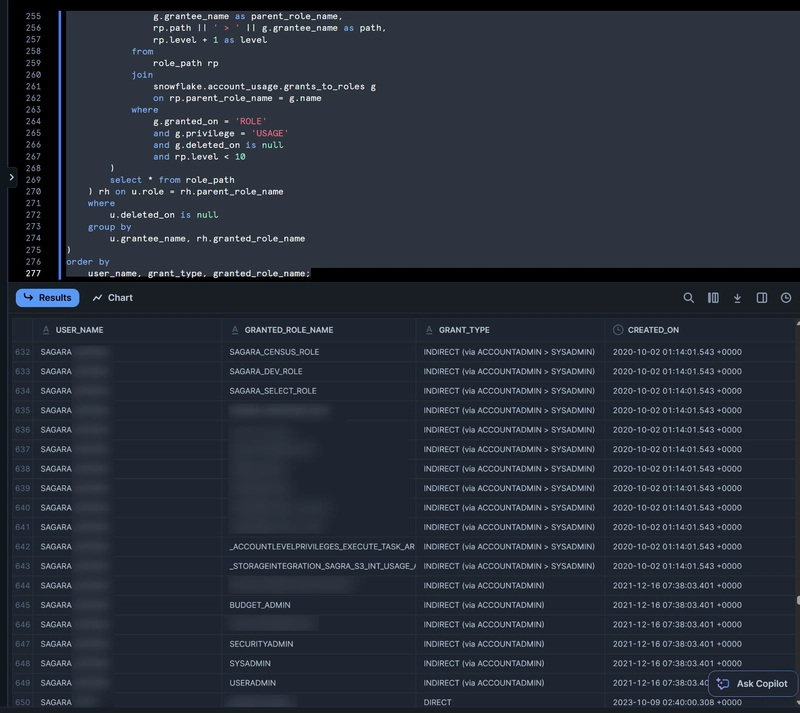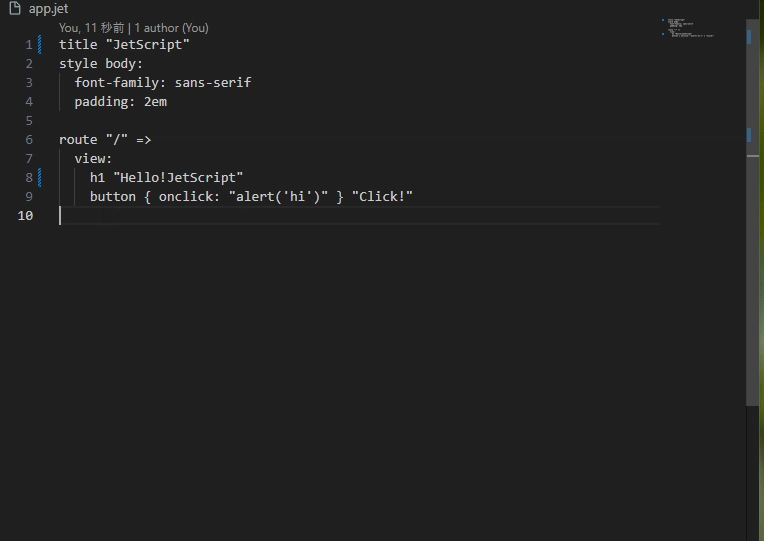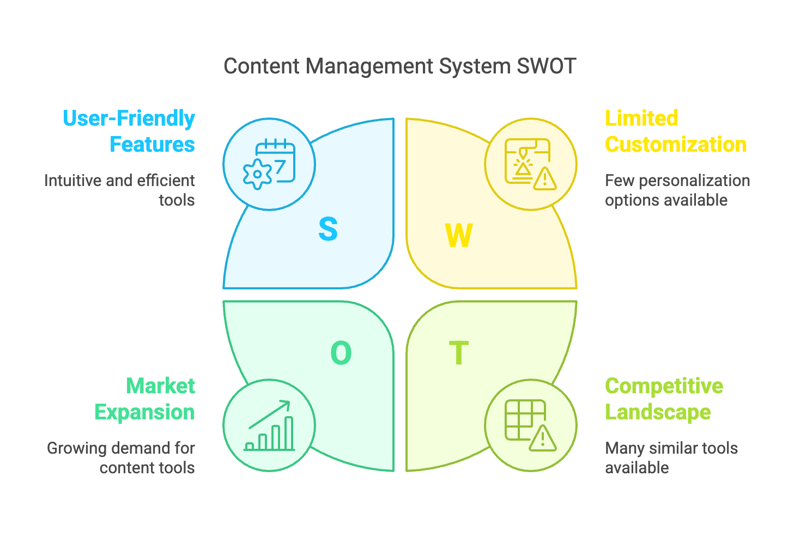SolidJS
SolidJS "Blazing Fast Performance Meets Developer Simplicity" SolidJS has swiftly become a standout in the ever growing landscape of JavaScript frameworks, particularly catching the attention of developers seeking performance without sacrificing readability or ease of use. After spending considerable time with SolidJS, it's clear that this reactive JavaScript library has a lot to offer especially when compared to heavyweights like React, Vue and Angular. One of SolidJS's most distinctive characteristics is its fine grained reactivity system. Unlike React, which uses a virtual DOM; SolidJS compiles JSX into imperative code that directly manipulates the DOM. This approach dramatically reduces overhead and results in faster initial render and update times. In real world tests, applications built with SolidJS consistently display impressive performance metrics often surpassing React and Vue significantly. An Example Another major advantage is SolidJS’s intuitive state management, powered by reactive primitives like signals and effects. Developers familiar with hooks in React will find SolidJS’s syntax familiar yet more straightforward. For instance instead of React’s useState SolidJS uses signals a simple but powerful concept: import { createSignal } from "solid-js"; function Counter() { const [count, setCount] = createSignal(0); return ( setCount(count() + 1)}> Clicks: {count()} ); } - ^^This code snippet demonstrates how SolidJS elegantly handles state updates without the complexities often associated with more elaborate frameworks. import { createSignal, Show } from "solid-js"; function ToggleMessage() { const [show, setShow] = createSignal(false); return ( setShow(!show())}>Toggle Message Hola, Shanks! ); } For example:^^ SolidJS makes conditional rendering incredibly intuitive and performant. The library's small bundle size approximately 7kb gzipped is another compelling benefit making SolidJS ideal for performance critical and mobile applications. Its minimalist design ensures applications load swiftly delivering an exceptional user experience even in environments with limited bandwidth or lower end devices. import { For } from "solid-js"; const items = ["Pro Charger F3", "Crower Crank", "Panhard Bar"]; function NHRAUnlimitedClass() { return ( {item => {item}} ); } ^^Another great feature is efficient list rendering which uses SolidJS's built in For component More on The For Component The built in For component in SolidJS simplifies list rendering by efficiently managing DOM updates and minimizing unnecessary re renders. It iterates over arrays and dynamically updates elements only when changes occur significantly improving performance compared to traditional loop methods.. Dev Experience? On the developer experience side, SolidJS integrates seamlessly with modern tools and ecosystems including Vite, TypeScript and existing component libraries. Documentation is robust and continuously improving guided by a vibrant growing community actively contributing to its ecosystem.. Cons/Challenges However SolidJS does have its challenges. Developers accustomed to the virtual DOM's conveniences in debugging might initially find SolidJS's more imperative approach demanding. Moreover while the community and resources are growing rapidly it still lacks the extensive third party ecosystem of libraries and resources available for_ React_ or Vue.. Is SolidJS the Future of JavaScript Frameworks? SolidJS delivers an impressive mix of performance, simplicity and enjoyable developer experience. It shines brightest in scenarios requiring high performance and maintainable codebases. While it might not yet fully replace React or Vue for all developers its innovative approach and rapid growth suggest it could indeed become a major player in JavaScript's future. For developers like myself seeking a powerful yet minimalist alternative, SolidJS is unquestionably worth your attention.

SolidJS
"Blazing Fast Performance Meets Developer Simplicity"
SolidJS has swiftly become a standout in the ever growing landscape of JavaScript frameworks, particularly catching the attention of developers seeking performance without sacrificing readability or ease of use. After spending considerable time with SolidJS, it's clear that this reactive JavaScript library has a lot to offer especially when compared to heavyweights like React, Vue and Angular.
One of SolidJS's most distinctive characteristics is its fine grained reactivity system. Unlike React, which uses a virtual DOM; SolidJS compiles JSX into imperative code that directly manipulates the DOM. This approach dramatically reduces overhead and results in faster initial render and update times. In real world tests, applications built with SolidJS consistently display impressive performance metrics often surpassing React and Vue significantly.
An Example
Another major advantage is SolidJS’s intuitive state management, powered by reactive primitives like signals and effects. Developers familiar with hooks in React will find SolidJS’s syntax familiar yet more straightforward. For instance instead of React’s useState SolidJS uses signals a simple but powerful concept:
import { createSignal } from "solid-js";
function Counter() {
const [count, setCount] = createSignal(0);
return (
);
}
- ^^This code snippet demonstrates how SolidJS elegantly handles state updates without the complexities often associated with more elaborate frameworks.
import { createSignal, Show } from "solid-js";
function ToggleMessage() {
const [show, setShow] = createSignal(false);
return (
Hola, Shanks!
);
}
For example:^^ SolidJS makes conditional rendering incredibly intuitive and performant.
The library's small bundle size approximately 7kb gzipped is another compelling benefit making SolidJS ideal for performance critical and mobile applications. Its minimalist design ensures applications load swiftly delivering an exceptional user experience even in environments with limited bandwidth or lower end devices.
import { For } from "solid-js";
const items = ["Pro Charger F3", "Crower Crank", "Panhard Bar"];
function NHRAUnlimitedClass() {
return (
{item => - {item}
}
);
}
^^Another great feature is efficient list rendering which uses SolidJS's built in For component
More on The For Component
The built in For component in SolidJS simplifies list rendering by efficiently managing DOM updates and minimizing unnecessary re renders. It iterates over arrays and dynamically updates elements only when changes occur significantly improving performance compared to traditional loop methods..
Dev Experience?
On the developer experience side, SolidJS integrates seamlessly with modern tools and ecosystems including Vite, TypeScript and existing component libraries. Documentation is robust and continuously improving guided by a vibrant growing community actively contributing to its ecosystem..
Cons/Challenges
However SolidJS does have its challenges. Developers accustomed to the virtual DOM's conveniences in debugging might initially find SolidJS's more imperative approach demanding. Moreover while the community and resources are growing rapidly it still lacks the extensive third party ecosystem of libraries and resources available for_ React_ or Vue..
Is SolidJS the Future of JavaScript Frameworks?
SolidJS delivers an impressive mix of performance, simplicity and enjoyable developer experience. It shines brightest in scenarios requiring high performance and maintainable codebases. While it might not yet fully replace React or Vue for all developers its innovative approach and rapid growth suggest it could indeed become a major player in JavaScript's future. For developers like myself seeking a powerful yet minimalist alternative, SolidJS is unquestionably worth your attention.











































































